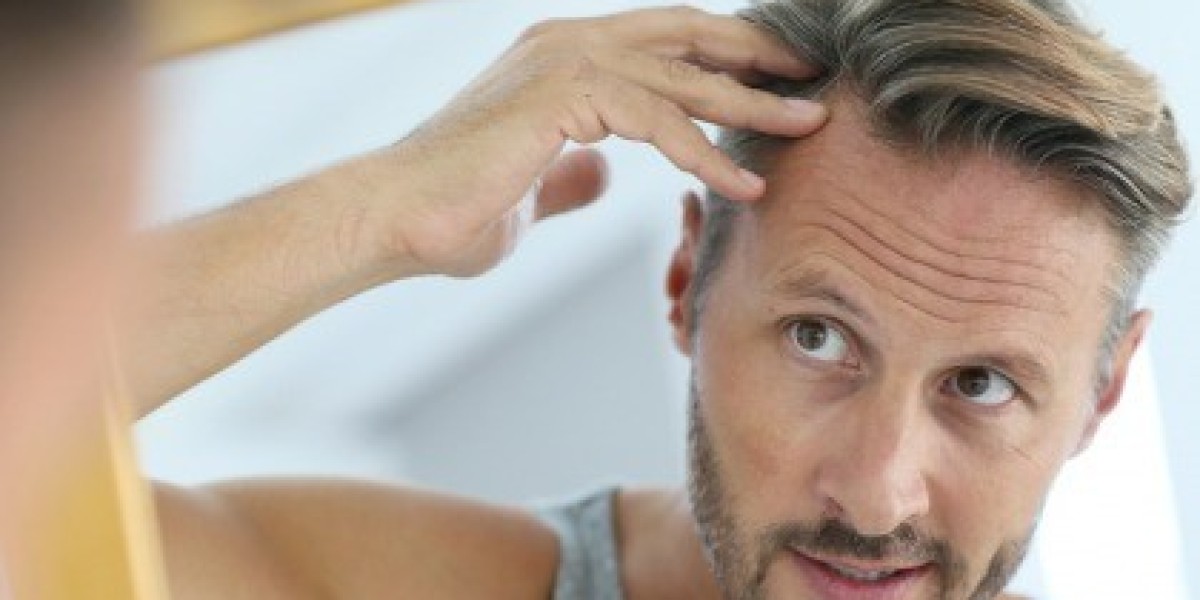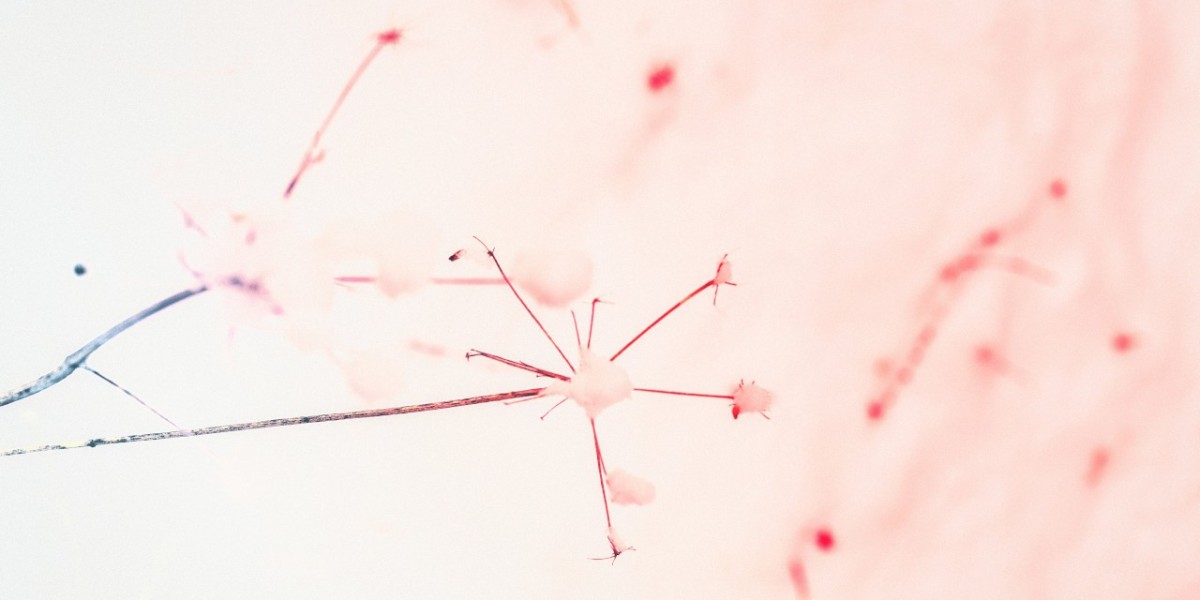Following a hair transplant, it is common to feel discomfort or throbbing in the donor area. For this very reason, most patients schedule checkups after a hair transplant; however, the discomfort will subside by half by the end of the third day. Crusts form in the bleeding regions upon transplantation, and the healing process begins gradually. The extent of discomfort following surgery varies from person to person. Following a hair transplant, you should take pain medications and antibiotics as suggested by your doctor on a daily basis. It is critical to understand the FUE hair transplant recovery schedule and Dubai hair transplant donor area recovery in order to know what to do if you are experiencing discomfort.
What is the donation area?
Your donor region typically consists of the back or sides of your head. Donor locations in hair transplants are crucial since hair transplant surgery would not be possible without the donor area. The process may involve making small incisions. These sores often heal within a week after the hair transplant.
The donor area recovers after a hair transplant.
The healing process begins immediately following a hair transplant. Scabs on the scalp are possible in certain situations. After surgery, the scabs begin to disappear. It is usual for your scalp to seem red and puffy following the operation. You may also have soreness following the treatment. Your doctor will prescribe medication to relieve your discomfort and suffering. Within a few hours, the swelling and redness associated with a hair transplant begin to subside.
How bad is the pain after a hair transplant?
Candidates for hair transplant surgery are quite concerned about the likelihood of discomfort. Patients may experience soreness not only in the donor region but also in areas where they have recently transplanted hair. If your discomfort persists after a hair transplant, consult a doctor. The soreness may subside over time, but it could be caused by something else, such as folliculitis following a hair transplant, so it is best to have it evaluated.
Is it normal to experience pain after hair transplantation?
After a hair transplant, it is very common to experience soreness in the area of the treatment. Depending on the chosen treatment, one may experience pain at different stages after a hair transplant. A hair transplant is a painless procedure. However, this does not imply that there is no discomfort. Even the most modest medical procedures are uncomfortable. So, it is typical to have pain and slight discomfort following the treatment.
After a hair transplant, when does the donor area heal?
Following a hair transplant, the donor area must heal before the recipient area. The donor area may recover at varying rates for different people, but here is a general time frame to give your readers an idea of how long it may take.
Swelling and moderate discomfort in the donor location are normal in the first few days after the surgery. Expect redness and scabbing at the sites of minor wounds or extractions.
Within the first week or two, the majority of the scabs in the donor area will come off. During this time, it is critical to clean and care for the donor area as directed by the clinic. By the end of the second week and continuing into the fourth week, the donor area should show significant development. Redness and swelling should have subsided, and any residual pain should be bearable. At this point, the donor site should be well on its way to full recovery. We expect any remaining redness or irritation to fade over time. The bulk of people will not need to make significant modifications to their daily activities.
Within three to six months, the donor location should completely heal. Scars from the donor site extraction should fade and disappear after a while. The donor site should develop and blend in with the surrounding skin over the course of six to twelve months, making it less visible. A patient's recovery period after a transplant can vary based on a variety of factors, including how rapidly they heal, the type of transplant they had, and how well they adhere to post-operative care instructions. Patients should always consult with their surgeon for specific guidance on how to recuperate after a hair transplant.
Why does a transplant cause pain in the donor area?
Donor area pain after a hair transplant is a typical complaint, so it's crucial to understand the causes and how to address it. Inflammation is a typical reaction of the body following surgery. As the body heals, inflammation at the donor site may cause discomfort, edema, and redness.
There are nerves in the donor area that may be temporarily inflamed as a result of surgery. This can lead to pain or discomfort. The natural healing process often causes soreness in the donor area. It is typical to feel some pain as the extraction or incision heals.
Most surgeons will use pain medication to alleviate the discomfort felt in the donor location following a hair transplant. It is critical to take the medications as prescribed and contact medical personnel if the pain persists or worsens. Patients should also avoid any activities that may put pressure on the donor site and clean the area as recommended following surgery. Patients should feel less pain and discomfort as the donor location heals, allowing them to gradually resume normal activities.
Your doctor will prescribe painkillers so that you are not in anguish after the surgery. If you are still suffering discomfort after a while, you should see your doctor. Pain after a hair transplant is usually temporary and resolves within 10 days. However, we expect numbness in specific places of the head to linger longer.
Conclusion
You may have some concerns and queries about the hair transplant operation and recuperation timetable. If this is the case, please do not hesitate to consult with the Al Borj staff. We are here to help and assist you during your journey. Contact us today to learn more about tips for healthy hair after a hair transplant!








